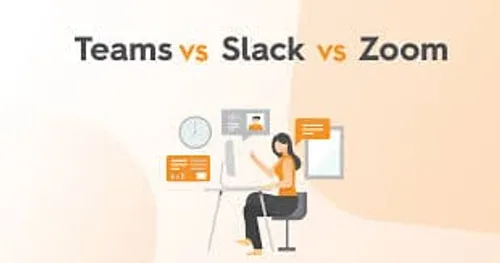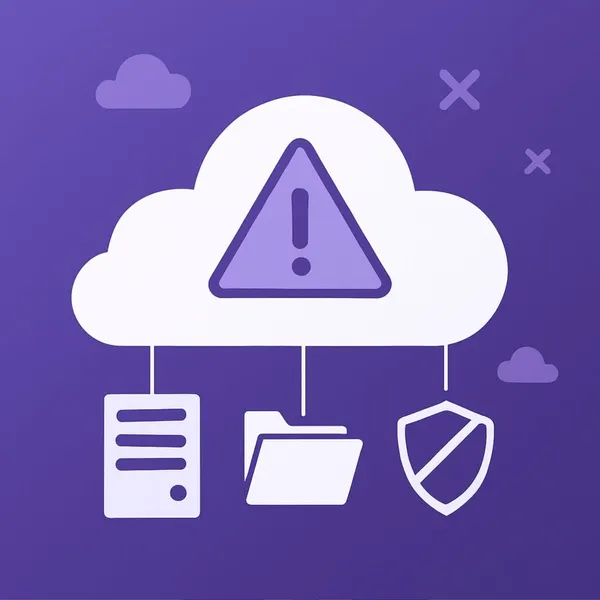
Knowledge base
November 17, 2020
Microsoft Teams adds new integrations to its video calls.
• Microsoft is adding new third-party apps to Teams meetings – which allow users to communicate during a video call – as part of its efforts to turn Teams into a collaboration center.
• In addition, people can now also use Microsoft’s low-code Power Platform to build and automate their own apps directly in Teams.
• This is key to the ongoing competition from Microsoft Teams with Slack and Zoom, as both already have similar third-party app marketplaces.
• Teams are becoming increasingly important to Microsoft, as indicated when it changed managers’ stock bonuses to prioritize the increasing use of Teams.
• Visit the Business Insider home page for more stories.
Microsoft is adding new integrations to its Chat and Collaboration Tool Teams as it competes with Zoom and Slack to become the top destination for shared work.
Users can now add new third-party apps to Teams meetings, which allow them to communicate during a video call (previously, only the Teams chat feature could be integrated with external applications).
As more people use Teams, Microsoft has discovered that people want to use the same apps they use in their channels during their meetings, said the product’s general manager, Nicole Herskowitz.
“The need for an expandable platform that can be easily adapted to the needs of the changing business landscape has just become critical,” Herskowitz told Business Insider.
Many of the apps – including Asana and Survey Monkey – already worked with Microsoft Teams’ chat tools. But there are also new ones, including Halp, an IT ticketing tool originally built exclusively for Slack and purchased by Atlassian earlier this year.
Halp is now launching a version of its app for Microsoft Teams chat, with the company’s co-founder, Fletcher Richman, telling Business Insider that “we want to meet the customer where they work,” a nod to Teams’ huge user base.
In addition to using third-party applications, people can now also use Microsoft’s low-code Power Platform platform to build and automate their own apps directly in Teams.
This is all part of Microsoft’s commitment to position teams as a “hub for collaborative work,” said Angela Ashensen, an analyst at CCS Insights. “Integrating third-party apps and processes into Teams has been a key focus for Microsoft over the past 12 months, as it helps teams become more integrated into the way people work.”
It’s also key for Microsoft to compete with rivals like Slack and Zoom, ashenden said.
The use of Microsoft Teams increased significantly during the pandemic and recently reached a new user milestone, with 115 million daily active users in October, compared to the 75 million announced at the end of April and 44 million in mid-March. The use of Power Platform has also increased, with more than 10 million monthly active users, tripling compared to the end of 2019.
It’s hard to compare the use of Slack and Zoom to Microsoft Teams. Slack hasn’t given a user update since October 2019, when it said it had 12 million users. Zoom, meanwhile, only shared that it has more than 300 daily meeting participants in April.
Competition with Slack and Zoom
Microsoft is increasingly competing with Slack in the chat and collaboration room and Zoom in the meeting room.
Earlier this year, it signaled Team’s growing stake within the company as it changed the way it awards stock bonuses to executives: now many executive stock bonuses will depend on whether the company can increase the number of monthly active users of Teams, Business Insider’s Ashley Stewart previously reported. .
Third-party apps are the key to that competition. Slack has long had a robust app store with third-party apps from companies like Asana, Atlassian, GSuite and even Microsoft 365. It also has a tool to build custom processes and automation between those apps and Slack. It’s an area that makes Slack “very different from Teams” because it “makes Slack much more sticky for individual users than Teams, and much more embedded in the way they get the job done,” Ashenden said.
If Microsoft wants to compete effectively with Slack in this area and have “the same level of credibility and trust among developers and its partner ecosystem,” it needs to create an equal experience, she added.
Slack filed an antitrust complaint against Microsoft with the European Commission this summer, alleging that Microsoft is harming competition by bundling Teams into its productivity suite, installing it by default and making it difficult to remove. Microsoft said in a statement that customers chose Teams because they wanted video conferencing and “Slack suffered from the absence of videoconferencing.”
Microsoft now also has a new challenge from Zoom, which has recently launched new third-party app integrations. Similar to Microsoft Teams’ approach, Zoom’s strategy allows users to access apps like Dropbox, Slack, and Asana directly within a Zoom meeting.
The added value of both Zoom and Microsoft Teams with these types of apps is that it is a “wrap-around for meetings, with workflows before and after the meeting as well as during the meeting itself,” Ashenden said. “This is an interesting new competitive area and the key will be that these integrations really add value without adding too much complexity to the experience.”
Herskowitz of Microsoft said the company’s focus on its low-code tools gives it an important advantage.
“Our strategy is really to help our customers achieve their goals. What they’re telling us is, ‘Yes, we want your marketplace with ready-made apps that are really high quality and very safe,’” Herskowitz said. “At the same time, we hear – and this is very unique to our strategy with Teams – that our customers really want to be able to customize the app workflows, bots that are really specific to their industry.”
Source: business insider
Want to know more?

Related
blogs
Tech Updates: Microsoft 365, Azure, Cybersecurity & AI – Weekly in Your Mailbox.









